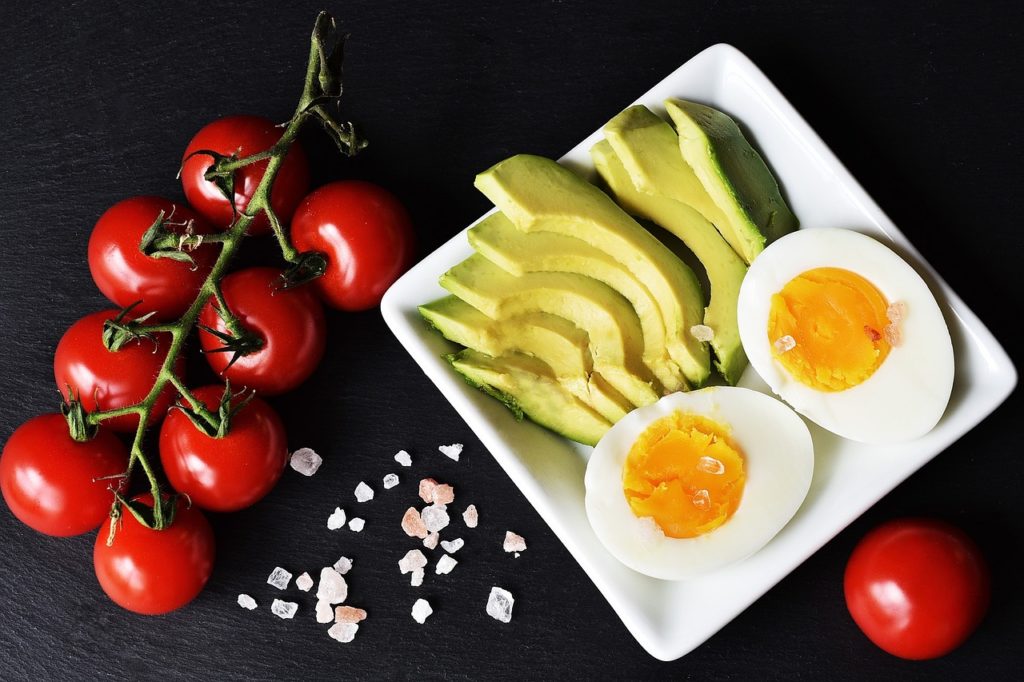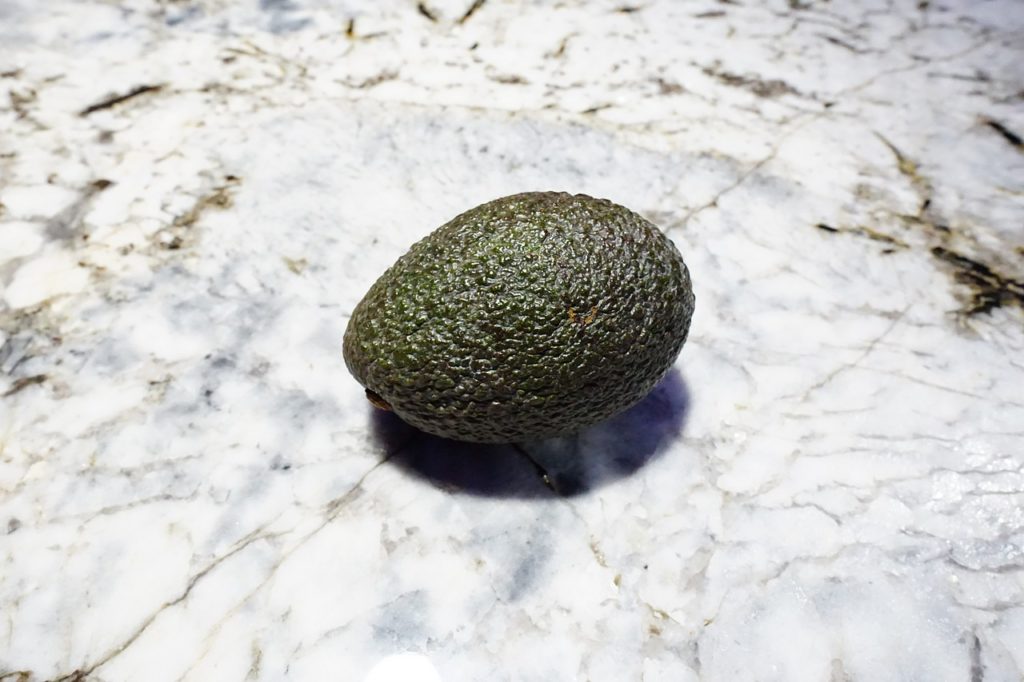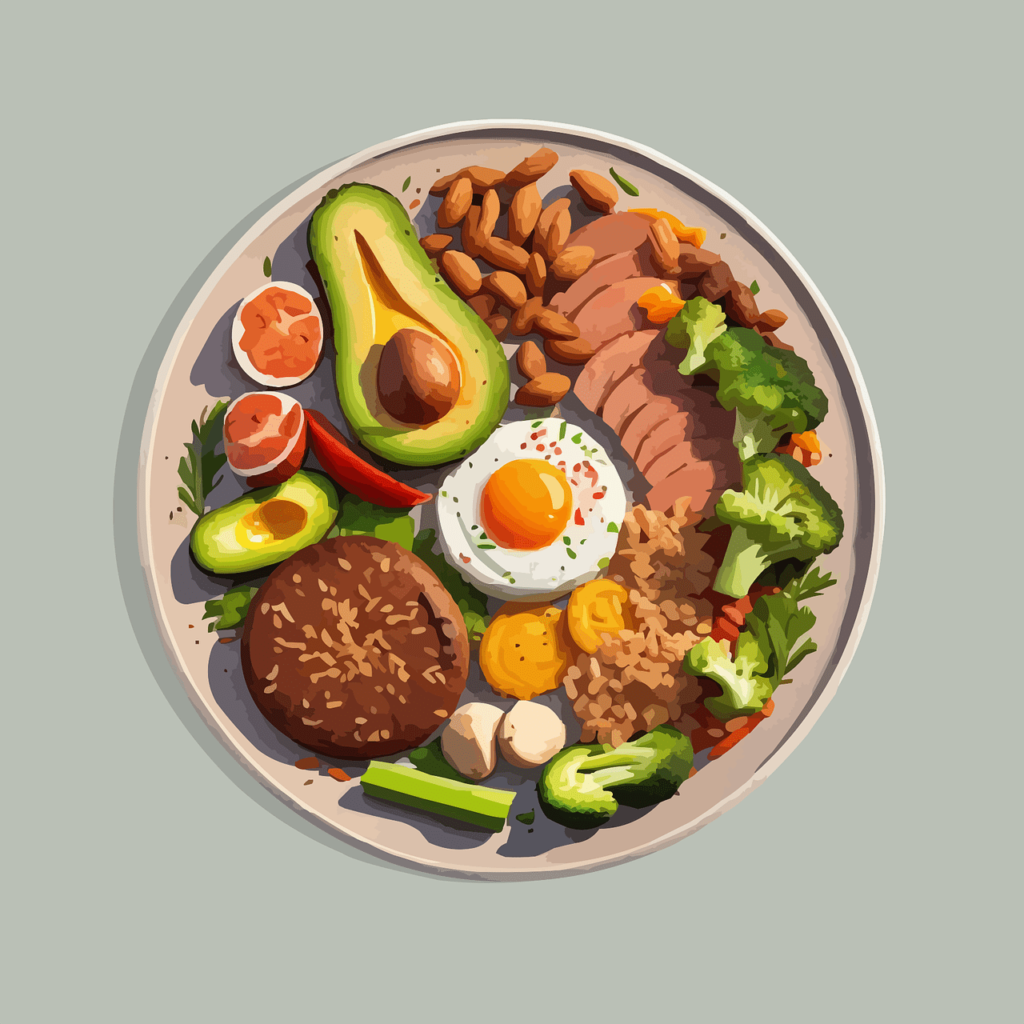Are you interested in trying out a ketogenic diet meal plan, but not sure where to start?
It can be overwhelming to begin a new diet, especially one like the ketogenic diet that involves tracking macros and significantly reducing carb intake. But fear not, as this article will guide you through everything you need to know to get started on a Keto Diet Meal Plan for Beginners. Let’s break down the basics and help you navigate this new way of eating!

This image is property of pixabay.com.
What is a Ketogenic Diet?
So, what exactly is a ketogenic diet? In a nutshell, the ketogenic diet is a high-fat, moderate-protein, and low-carb diet that aims to put your body in a state of ketosis. Ketosis is a metabolic state where your body burns fat for fuel instead of carbohydrates. By drastically reducing your carb intake and increasing your fat intake, you force your body to use fat for energy, leading to weight loss.
How Does the Keto Diet Work?
When you follow a ketogenic diet, you significantly reduce your carbohydrate intake, typically to less than 50 grams per day. This forces your body to rely on fats for fuel instead of carbohydrates, which leads to the production of ketones (hence the term “ketogenic”). Ketones are produced by the liver from fatty acids when your carbohydrate intake is low, and they serve as an alternative source of energy for your body and brain.
Benefits of a Ketogenic Diet
There are several potential benefits of following a ketogenic diet, including weight loss, improved blood sugar control, increased energy levels, and enhanced mental clarity. Many people also report feeling less hungry and experiencing fewer cravings on a ketogenic diet due to the satiating effects of fat and protein.
Potential Side Effects of a Ketogenic Diet
While the ketogenic diet has many potential benefits, it’s essential to be aware of some of the possible side effects as well. Some people may experience what is commonly referred to as the “keto flu” when they first start the diet. Symptoms of the keto flu can include fatigue, headaches, irritability, and difficulty concentrating. These symptoms are usually temporary and can be mitigated by staying hydrated, consuming electrolytes, and ensuring you’re getting enough rest.

This image is property of pixabay.com.
How to Start a Ketogenic Diet
Starting a ketogenic diet doesn’t have to be complicated. Here are a few simple steps to help you get started on your Keto Diet Meal Plan for Beginners:
-
Calculate Your Macros: Determine your daily macronutrient goals by calculating your ideal intake of fats, proteins, and carbohydrates. A typical breakdown for a ketogenic diet is around 70-75% fat, 20-25% protein, and 5-10% carbohydrates.
-
Stock Your Pantry: Clear out any high-carb foods from your pantry and stock up on keto-friendly ingredients like avocados, olive oil, coconut oil, nuts, seeds, and low-carb vegetables.
-
Plan Your Meals: Spend some time planning out your meals for the week to ensure you have a variety of keto-friendly options on hand. This will help you stay on track and avoid reaching for high-carb snacks.
-
Stay Hydrated: Drinking plenty of water is essential on a ketogenic diet, as water loss often accompanies the initial stages of ketosis. Aim to drink at least 8 cups of water per day to stay hydrated.
-
Monitor Your Progress: Keep track of your food intake, macro ratios, and how you’re feeling throughout the day. This will help you adjust your diet as needed and track your progress over time.
What to Eat on a Ketogenic Diet
When following a ketogenic diet, it’s essential to focus on eating whole, nutrient-dense foods that are low in carbohydrates and high in healthy fats. Here are some examples of foods that are typically included in a Keto Diet Meal Plan for Beginners:
Foods to Eat on a Ketogenic Diet
- Fatty cuts of meat such as steak, pork, and bacon
- Poultry such as chicken and turkey
- Fatty fish like salmon and mackerel
- Eggs
- Low-carb vegetables like leafy greens, broccoli, cauliflower, and zucchini
- Avocados
- Nuts and seeds
- Healthy fats like coconut oil, olive oil, and avocado oil
- Full-fat dairy products like cheese, butter, and cream
- Berries in moderation
Foods to Avoid on a Ketogenic Diet
- Sugary foods like candy, soda, and pastries
- High-carb fruits like bananas, grapes, and oranges
- Grains like wheat, rice, and oats
- Starchy vegetables like potatoes and corn
- Processed foods with added sugars
- Sugary condiments like ketchup and barbecue sauce

This image is property of pixabay.com.
Sample Keto Diet Meal Plan for Beginners
To help you get started, here’s a sample Keto Diet Meal Plan for Beginners that you can use as a guide for your first week on the ketogenic diet:
Day 1
- Breakfast: Scrambled eggs with spinach cooked in butter
- Lunch: Grilled chicken salad with avocado and cherry tomatoes
- Dinner: Baked salmon with asparagus and a side of cauliflower rice
Day 2
- Breakfast: Greek yogurt with a handful of berries and almond butter
- Lunch: Tuna salad lettuce wraps with mayo and cucumber slices
- Dinner: Beef stir-fry with broccoli, bell peppers, and sesame oil
Day 3
- Breakfast: Mushroom and spinach omelet cooked in coconut oil
- Lunch: Turkey and avocado lettuce wraps with a side of macadamia nuts
- Dinner: Grilled pork chops with green beans and a mixed green salad
Feel free to mix and match these meal ideas to suit your taste preferences and dietary needs. Experiment with different recipes and variations to keep things interesting and enjoyable!
Tips for Success on a Ketogenic Diet
Successfully following a ketogenic diet requires consistency, planning, and a bit of trial and error. Here are a few tips to help you stay on track and achieve your goals on a Keto Diet Meal Plan for Beginners:
-
Meal Prep: Spend some time each week preparing meals and snacks to have on hand when hunger strikes. Having pre-portioned meals ready to go can help you avoid reaching for high-carb convenience foods.
-
Listen to Your Body: Pay attention to how your body responds to different foods and adjust your diet accordingly. Everyone’s nutritional needs are different, so it’s essential to find what works best for you.
-
Stay Active: Incorporating regular physical activity into your routine can help support weight loss, improve overall health, and enhance the effects of the ketogenic diet. Find activities you enjoy and make them a regular part of your lifestyle.
-
Seek Support: Joining online communities, following keto-friendly blogs, and connecting with others who are also following a ketogenic diet can provide motivation, inspiration, and helpful tips along the way.
-
Be Patient: Remember that transitioning to a ketogenic diet takes time, and results may not happen overnight. Stay committed, trust the process, and be patient with yourself as you adjust to this new way of eating.
Final Thoughts
Embarking on a Keto Diet Meal Plan for Beginners can be an exciting and rewarding journey that can lead to significant improvements in your health and well-being. By following the guidelines outlined in this article, you can set yourself up for success on a ketogenic diet and reap the many benefits it has to offer. Remember to stay informed, stay committed, and most importantly, listen to your body as you navigate this new way of eating. Good luck on your keto journey!


